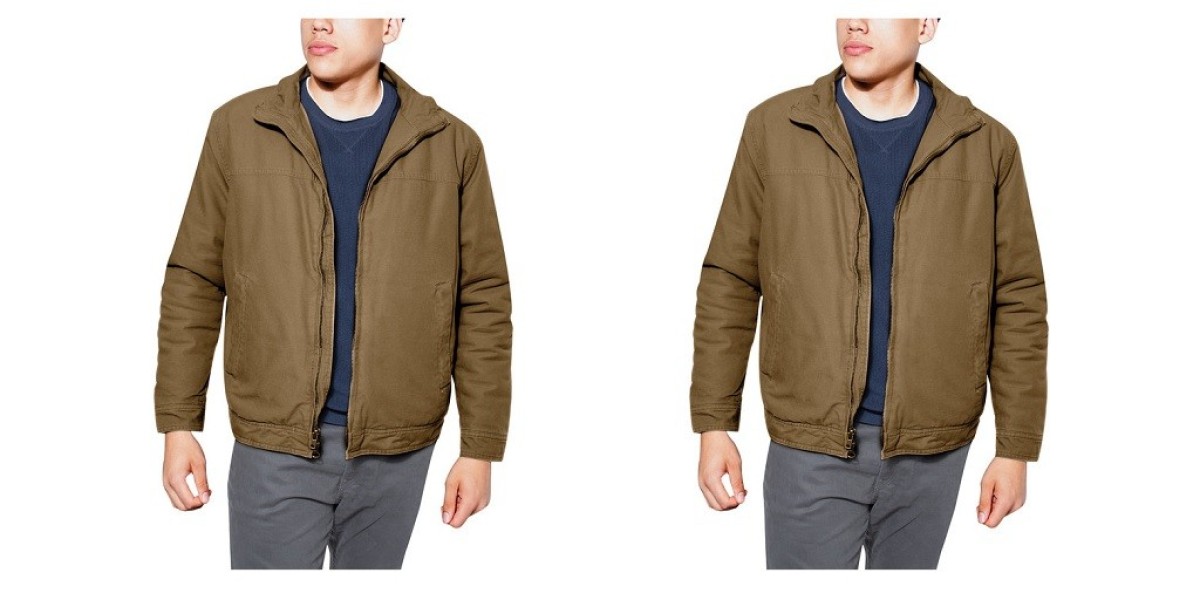When it comes to strength training, two popular disciplines that often dominate the conversation are powerlifting and Olympic lifting. Both sports require tremendous strength, technique, and dedication, but they differ significantly in terms of their focus, techniques, and training methods. Understanding these differences is essential in determining which discipline is best suited to your goals, preferences, and physical abilities. In this article, we'll delve into the dissimilarities between powerlifting and Olympic lifting, helping you make an informed decision about which path to pursue.
Powerlifting: Raw Strength Unleashed
Powerlifting is a strength sport that revolves around three main lifts: the squat, bench press, and deadlift. The primary goal of powerlifting is to lift as much weight as possible in these three lifts. Powerlifters focus on building maximal strength and increasing their one-repetition maximum (1RM) in each exercise.
Techniques in powerlifting often prioritize a wide and stable stance to optimize force production and minimize range of motion. Lifters tend to use powerlifting-specific equipment, such as squat suits, bench shirts, and deadlift suits, to provide additional support and assistance in the lifts.
Training in powerlifting revolves around heavy, low-repetition sets, aiming to build raw strength through progressive overload. Lifters primarily focus on building muscle mass, increasing their overall strength, and improving their performance in the three competition lifts.
Olympic Lifting: Precision and Explosive Power
Olympic lifting, also known as weightlifting, consists of two main lifts: the snatch and the clean and jerk. This discipline emphasizes explosive power, speed, and technique. Unlike powerlifting, where the focus is on sheer strength, Olympic lifting requires a balance between strength, speed, flexibility, and coordination.
The snatch involves lifting the barbell from the ground to overhead in one swift motion, while the clean and jerk requires lifting the barbell to the shoulders, then jerking it overhead. These movements demand precise technique, timing, and coordination to maximize efficiency and lift the heaviest weight possible.
Olympic lifters use a narrower stance, focusing on maintaining a stable and upright position throughout the lifts. The use of specialized weightlifting shoes and wrist wraps is common in this discipline to enhance stability and facilitate the explosive movements.
Training for Olympic lifting involves a combination of strength training, technique drills, and plyometrics. Lifters strive to develop explosive power, speed, and the ability to generate force rapidly. Training sessions often include high-repetition sets, variations of the competition lifts, and accessory exercises to improve strength and mobility.
Choosing the Right Discipline for You:
When deciding between powerlifting and Olympic lifting, several factors come into play. Here are some considerations to help you make an informed choice:
Strength vs. Explosiveness: Powerlifting emphasizes raw strength and the ability to move heavy weights, while Olympic lifting prioritizes explosive power, speed, and technique. Determine whether you prefer showcasing your absolute strength or mastering the technical intricacies of explosive movements.
Body Type and Physical Abilities: Powerlifting may be more suitable for individuals with a stockier, robust build, as it relies on maximal strength. On the other hand, Olympic lifting requires greater mobility, flexibility, and a more slender physique to achieve optimal performance in the lifts.
Goals and Objectives: Powerlifting is ideal if your primary goal is to increase overall strength and muscle mass. If you seek a combination of strength, power, speed, and athleticism, Olympic lifting provides a more well-rounded approach.
Competitive Aspirations: Consider whether you aim to compete in powerlifting or Olympic lifting competitions. This can influence your training focus, preparation, and long-term goals.
Injury Risk and Safety: Both disciplines carry inherent risks, but Olympic lifting, with its explosive movements and technical demands, may pose a higher risk of injury if not performed with proper form and technique. Powerlifting generally entails slower, controlled movements, potentially reducing the risk of certain injuries.
Conclusion:
Powerlifting and Olympic lifting are two distinct disciplines within the realm of strength sports, each with its own unique characteristics and training methodologies. Deciding which discipline is right for you depends on your goals, preferences, physical abilities, and competitive aspirations. Whether you choose powerlifting or Olympic lifting, both offer immense benefits in terms of strength development, mental fortitude, and personal growth. Ultimately, the best choice is the one that aligns with your passion and enables you to enjoy the journey towards becoming a stronger, fitter version of yourself.








